

Articles
How To Store Fresh Spinach In Fridge
Modified: December 7, 2023
Learn the best way to store fresh spinach in the fridge with our helpful articles. Keep your greens fresh and crisp for longer!
(Many of the links in this article redirect to a specific reviewed product. Your purchase of these products through affiliate links helps to generate commission for Storables.com, at no extra cost. Learn more)
Introduction
Fresh spinach is a versatile and nutritious leafy green that can add a burst of flavor and color to any meal. Whether you harvested it from your garden or bought it from the grocery store, knowing how to properly store fresh spinach in the fridge is essential to prolong its freshness and prevent it from wilting or turning slimy. By following a few simple steps, you can ensure that your spinach stays crisp and vibrant for longer periods, allowing you to enjoy its nutritional benefits whenever you need.
In this article, we will guide you through the process of storing fresh spinach in the fridge effectively. We’ll cover selecting the best spinach, preparing it for storage, properly sealing the storage container, and providing some tips to further prolong its freshness. So, let’s dive in and discover the secrets to storing fresh spinach!
Key Takeaways:
- Keep your fresh spinach vibrant by selecting high-quality leaves, properly preparing them, and storing them in a clean, airtight container in the fridge. Avoid overcrowding and moisture to extend its shelf life.
- Regularly check and use your stored spinach to prevent spoilage. Follow tips like keeping it dry, storing in the crisper drawer, and removing any spoiled leaves to maximize freshness and minimize waste.
Read more: How To Store Fresh Spinach
Step 1: Selecting Fresh Spinach
The first step in storing fresh spinach is to choose the best quality leaves. Look for spinach that is vibrant and crisp, with deep green leaves that are free from yellow or brown spots. Avoid any leaves that appear wilted, slimy, or have a strong odor, as these are signs of spoilage.
When purchasing fresh spinach, opt for organic if possible. Organic spinach is typically grown without the use of harmful pesticides, ensuring a healthier and safer option. Additionally, consider buying spinach with the roots intact, as this indicates freshness and the leaves are less likely to dry out.
If you are harvesting spinach from your own garden, select the leaves when they are at their peak. Pick them in the morning when the plants are hydrated, as this is when the leaves are the freshest. Choose outer leaves first, as younger leaves tend to have a milder flavor.
Remember, the quality of spinach plays a crucial role in its storage life. By starting with fresh and healthy leaves, you increase the chances of keeping your spinach fresh for an extended period.
Step 2: Preparing Fresh Spinach for Storage
Before storing fresh spinach in the fridge, it’s essential to properly prepare it to optimize its shelf life. Follow these steps to ensure your spinach stays fresh and ready to use:
- Gently rinse the spinach leaves under cool running water to remove any dirt or debris. You can use a colander or a large bowl to hold the spinach while rinsing.
- Inspect the leaves and remove any damaged or wilted ones. Discard any yellow or brown leaves, as they can spoil the rest of the spinach more quickly.
- If your spinach came with roots attached, trim them off. The roots can continue to draw moisture from the leaves, causing them to wilt faster.
- After rinsing and inspecting, pat the spinach leaves dry using a clean kitchen towel or paper towels. Removing excess moisture helps prevent the growth of bacteria and mold that can lead to spoilage.
- Once dry, consider separating the spinach leaves into smaller, more manageable portions. This can make it easier to grab the desired amount without exposing the entire batch to unnecessary moisture and air.
By taking the time to properly prepare your fresh spinach, you are setting it up for successful storage. The rinsing and drying process removes potential contaminants, while separating the leaves allows for better airflow and prevents moisture accumulation.
Step 3: Storing Fresh Spinach in the Fridge
Now that your fresh spinach leaves are prepped and ready, it’s time to store them in the fridge. Follow these steps to ensure optimal freshness:
- Choose a clean and airtight storage container. Plastic containers with tight-fitting lids are ideal for storing spinach. Alternatively, you can use resealable plastic bags or wrap the spinach in paper towels.
- Line the storage container or resealable bag with a paper towel. This will help absorb excess moisture and maintain the crispness of the leaves.
- Place the prepared and dried spinach leaves in the storage container or bag. Avoid overcrowding the container, as it can lead to premature wilting.
- Seal the container tightly or ensure the resealable bag is securely closed.
- Label the container or bag with the date of storage, as this will help you keep track of its freshness.
- Store the spinach in the crisper drawer of your refrigerator, where the temperature is colder and more consistent. This area helps to maintain the freshness and crispness of the spinach.
When storing spinach, it’s important to keep it away from ethylene-producing fruits and vegetables, such as apples and tomatoes. Ethylene can cause the spinach to spoil faster, so it’s best to store them separately.
By following these storing guidelines, you can help maintain the quality and freshness of your spinach for longer periods, ensuring that it stays ready to use in your favorite recipes.
Store fresh spinach in the fridge by wrapping it in a paper towel to absorb excess moisture and placing it in a resealable plastic bag. Keep it in the crisper drawer for optimal freshness.
Step 4: Properly Sealing the Storage Container
Properly sealing the storage container is crucial to maintaining the freshness and quality of your stored spinach. Follow these tips to ensure a tight and secure seal:
- If using a plastic container, make sure the lid fits tightly. Check for any cracks or gaps in the lid that could let air in or moisture out. Replace the lid if it is damaged or no longer seals properly.
- If using a resealable plastic bag, squeeze out as much air as possible before sealing. This helps prevent excess moisture from accumulating inside the bag.
- Consider using a vacuum sealer if you have one available. Vacuum sealers remove all the air from the bag, creating an airtight environment that helps extend the spinach’s shelf life.
- If using paper towels to wrap the spinach, ensure they are tightly wrapped around the leaves to provide a secure seal. You can use rubber bands or kitchen twine to hold the paper towels in place.
- For added protection, place the sealed container or bag inside a larger plastic bag. This extra layer can further prevent moisture and odors from reaching the spinach.
By properly sealing the storage container, you create a barrier that helps maintain the freshness and texture of your spinach. It also prevents any potential contaminants from entering, keeping your spinach safe to consume.
Read more: How To Store Spinach In The Fridge
Step 5: Checking and Using Stored Spinach
Regularly checking and using your stored spinach is important to prevent any potential spoilage and ensure that you’re utilizing it while it’s still fresh. Follow these steps to check and use your stored spinach:
- Check the storage container or bag for any signs of spoilage, such as mold, sliminess, or a foul odor. If you notice any of these signs, discard the affected spinach leaves to prevent contamination of the rest.
- Inspect the color and texture of the spinach leaves. They should still be vibrant green and crisp. If the leaves have started turning yellow or feel limp, it’s an indication that they are no longer fresh and should be discarded.
- When you’re ready to use the spinach, remove the desired amount from the storage container or bag. Avoid exposing the rest of the spinach to prolonged air exposure to maintain its freshness.
- Rinse the spinach leaves under cool running water before incorporating them into your recipes. This will help remove any lingering dirt or debris.
- Pat the rinsed spinach leaves dry before using them in your cooking. Excess moisture can affect the texture and taste of the final dish.
- Enjoy your fresh spinach in salads, stir-fries, smoothies, soups, or any other recipe you love. Freshly stored spinach can add a nutritious and flavorful element to a variety of dishes.
By regularly checking and using your stored spinach, you can make the most of its freshness and avoid any waste. Be mindful of any signs of spoilage and always err on the side of caution when in doubt.
Step 6: Tips for Prolonging Freshness
To prolong the freshness of your stored spinach and minimize waste, here are some helpful tips:
- Keep the spinach dry: Moisture is the enemy when it comes to storing greens. Make sure the spinach leaves are dry before placing them in the storage container or bag, as excess moisture can lead to wilting and spoilage.
- Store spinach in the crisper drawer: The crisper drawer of your refrigerator provides a slightly higher humidity level, which helps maintain the crispness of the spinach leaves. Store the spinach in this compartment for optimal freshness.
- Don’t wash spinach before storing: While it may be tempting to wash the spinach immediately after purchasing or harvesting, it’s best to wait until you’re ready to use it. Washing in advance can introduce moisture to the leaves, accelerating spoilage.
- Avoid overcrowding: Give your spinach leaves some breathing room by avoiding overcrowding in the storage container or bag. Overcrowding can lead to increased humidity and the faster deterioration of the greens.
- Rotate stored spinach: If you have multiple batches of spinach, be sure to rotate them, using the oldest leaves first. This way, you can prevent any spinach from going bad due to long-term storage.
- Consider blanching and freezing: If you have an abundance of spinach and want to extend its shelf life even further, consider blanching the leaves and freezing them. Blanching helps retain color and nutrients, and freezing keeps the spinach fresh for several months.
- Inspect and remove any spoiled leaves: Regularly check your stored spinach for any signs of spoilage. If you spot any slimy or moldy leaves, remove them immediately to prevent contamination of the rest of the batch.
By following these tips, you can significantly prolong the freshness and shelf life of your spinach, ensuring that it stays at its best for as long as possible.
Conclusion
Storing fresh spinach properly is essential to maintain its crispness, vibrant color, and nutritional value. By following the steps outlined in this article, you can ensure your spinach stays fresh for a longer duration, minimizing waste and allowing you to enjoy its delicious flavors in a variety of dishes.
From selecting the freshest spinach leaves to properly preparing and storing them in the fridge, each step plays a vital role in preserving the quality of this leafy green. Additionally, sealing the storage container tightly and regularly checking for signs of spoilage are key to maintaining optimal freshness.
By incorporating these tips into your spinach storage routine, you can make the most out of your leafy greens and avoid the disappointment of finding wilted or slimy spinach in your refrigerator. With proper care and storage, you can be confident that your spinach will be at its best when it’s time to enjoy it in your favorite recipes.
Remember, freshness is key when it comes to spinach, so be mindful of the quality of the leaves you select and regularly check your stored spinach for any signs of spoilage. By taking these simple steps, you can ensure that your spinach remains fresh and enjoyable for as long as possible.
So go ahead and incorporate these storage techniques into your routine, and open your refrigerator to a vibrant batch of fresh spinach every time you reach for it. Happy cooking!
Frequently Asked Questions about How To Store Fresh Spinach In Fridge
Was this page helpful?
At Storables.com, we guarantee accurate and reliable information. Our content, validated by Expert Board Contributors, is crafted following stringent Editorial Policies. We're committed to providing you with well-researched, expert-backed insights for all your informational needs.
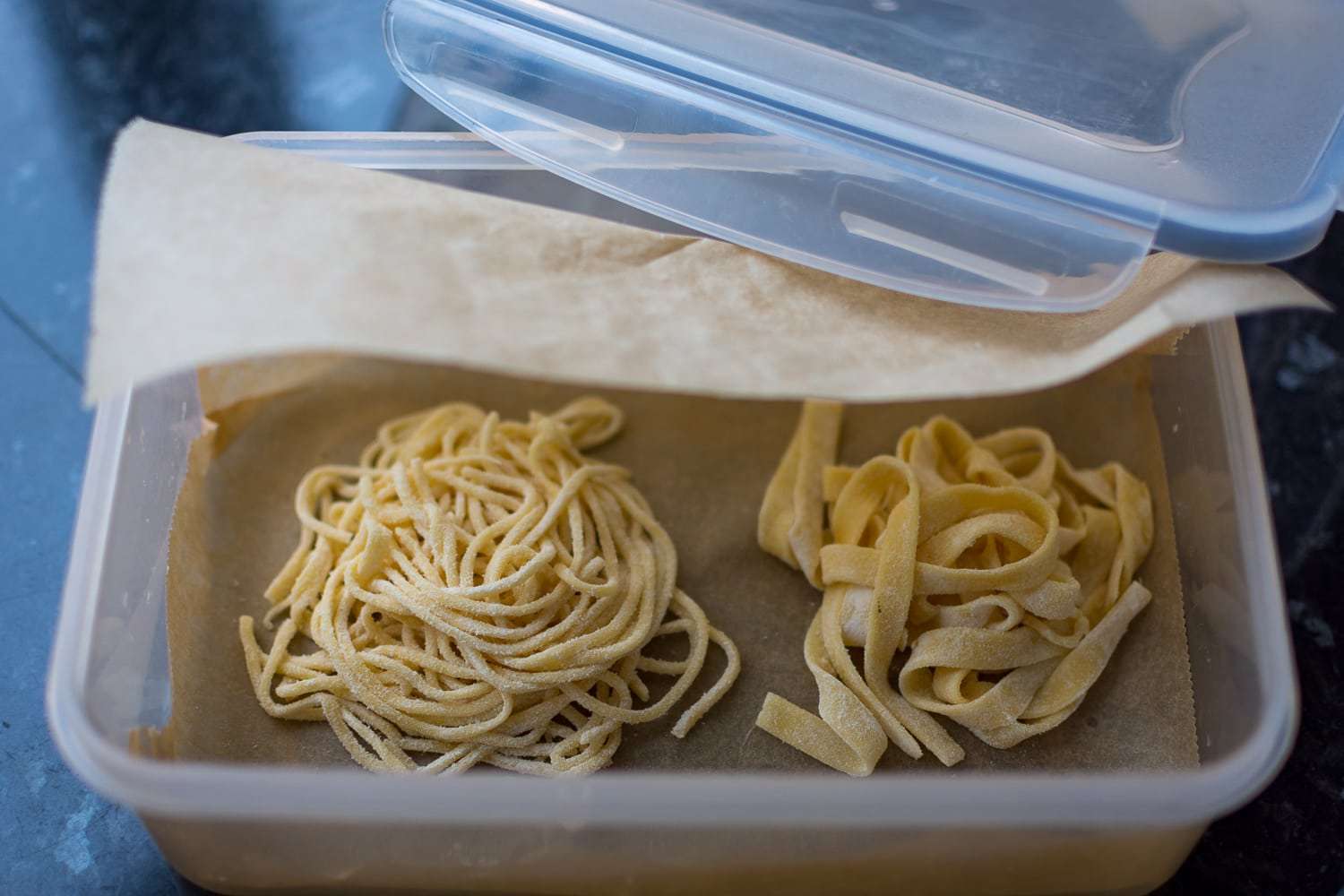

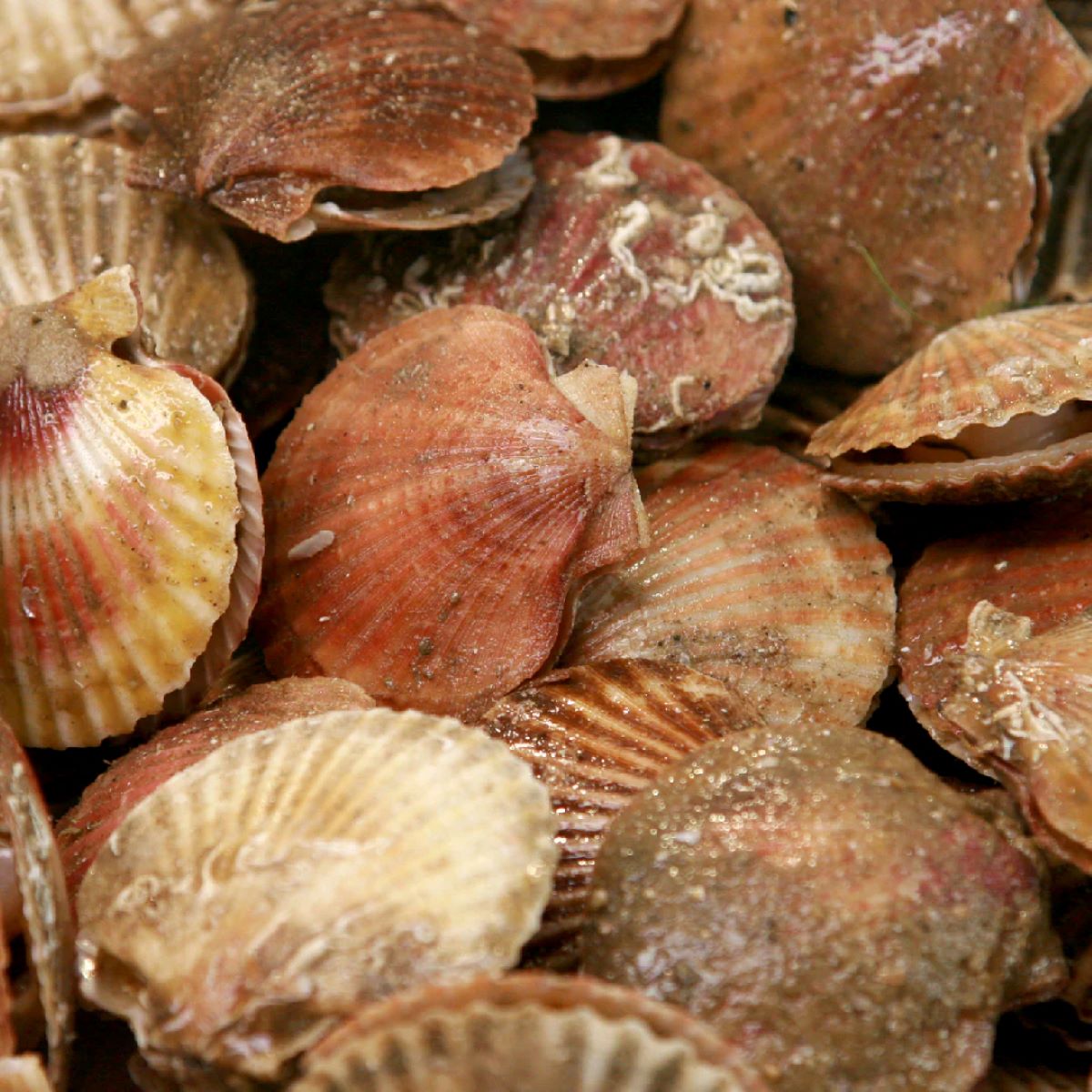
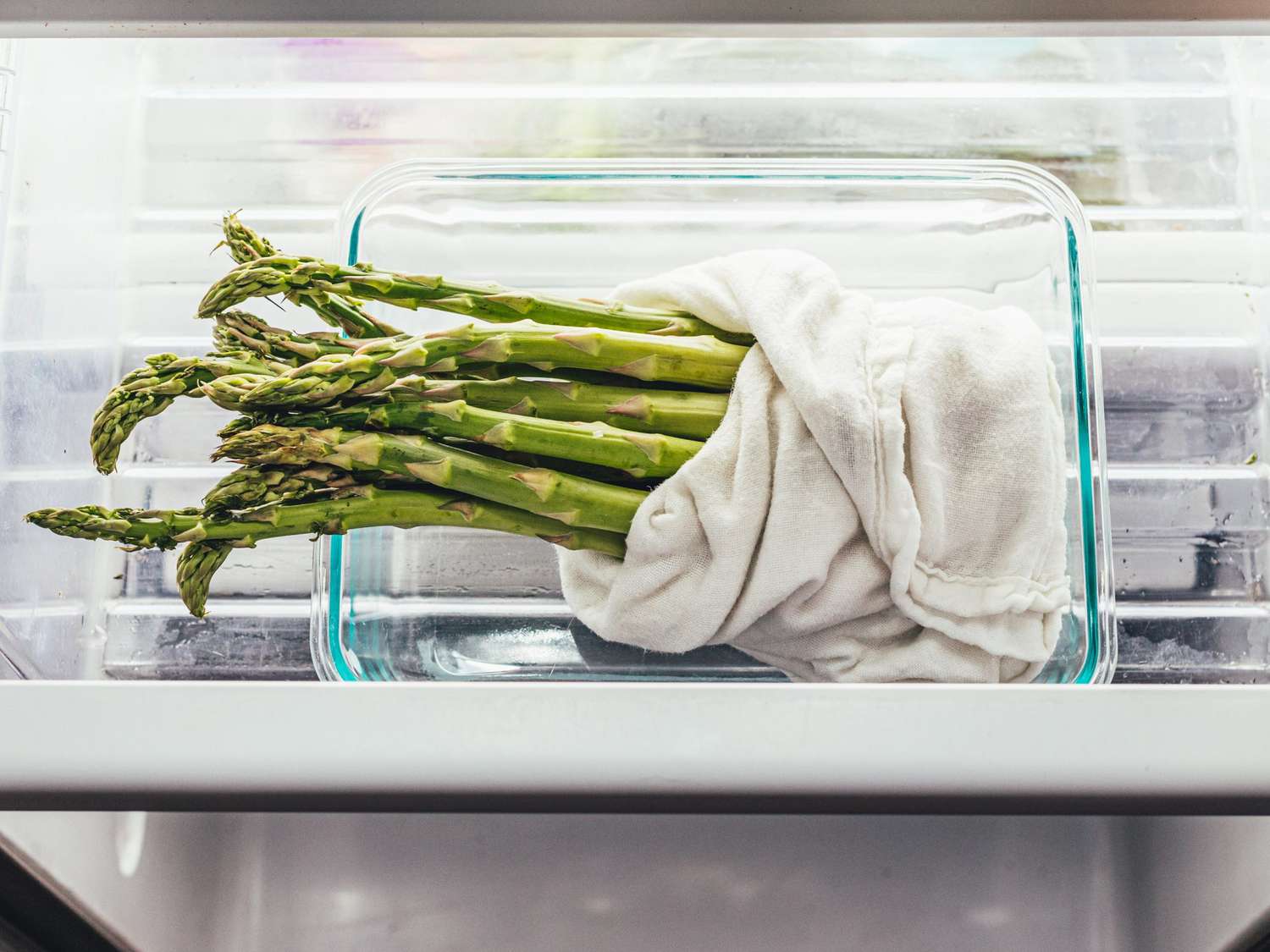
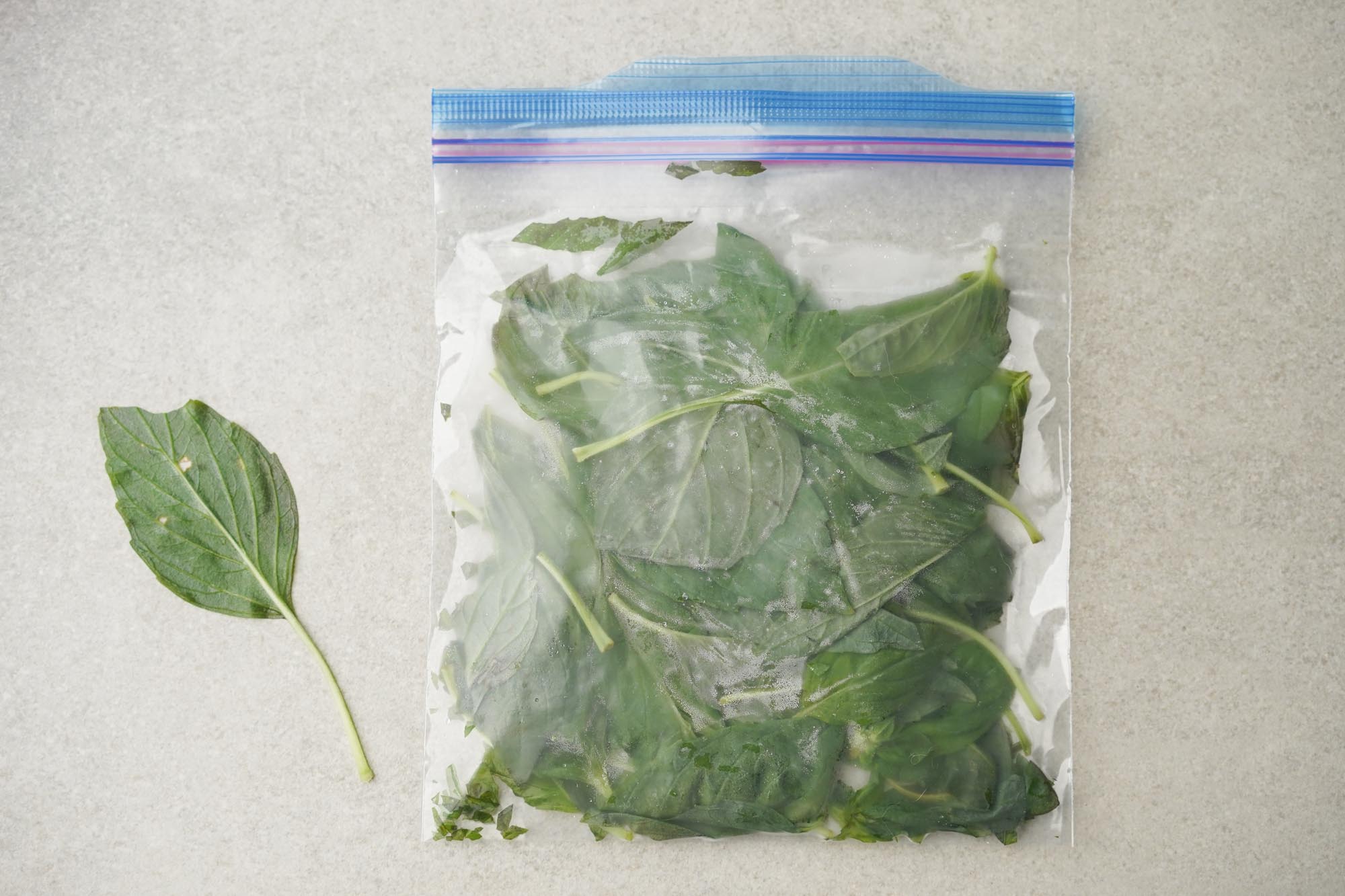
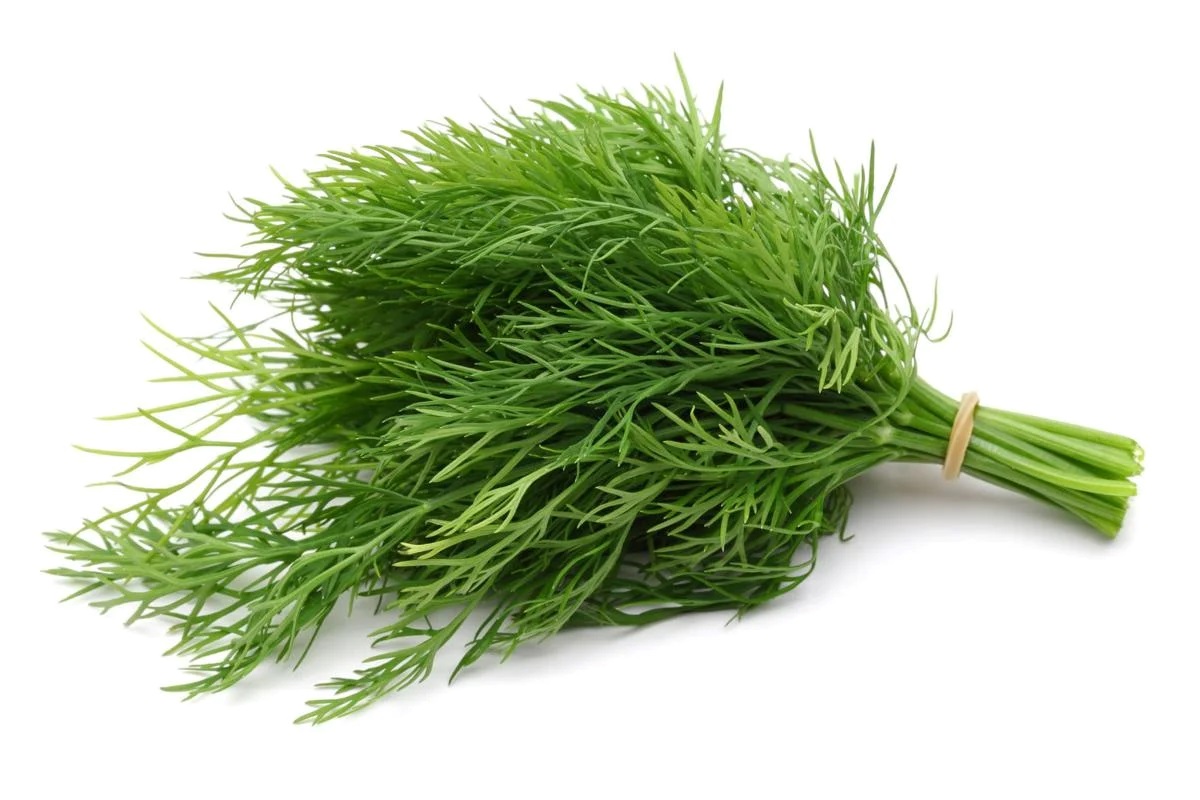
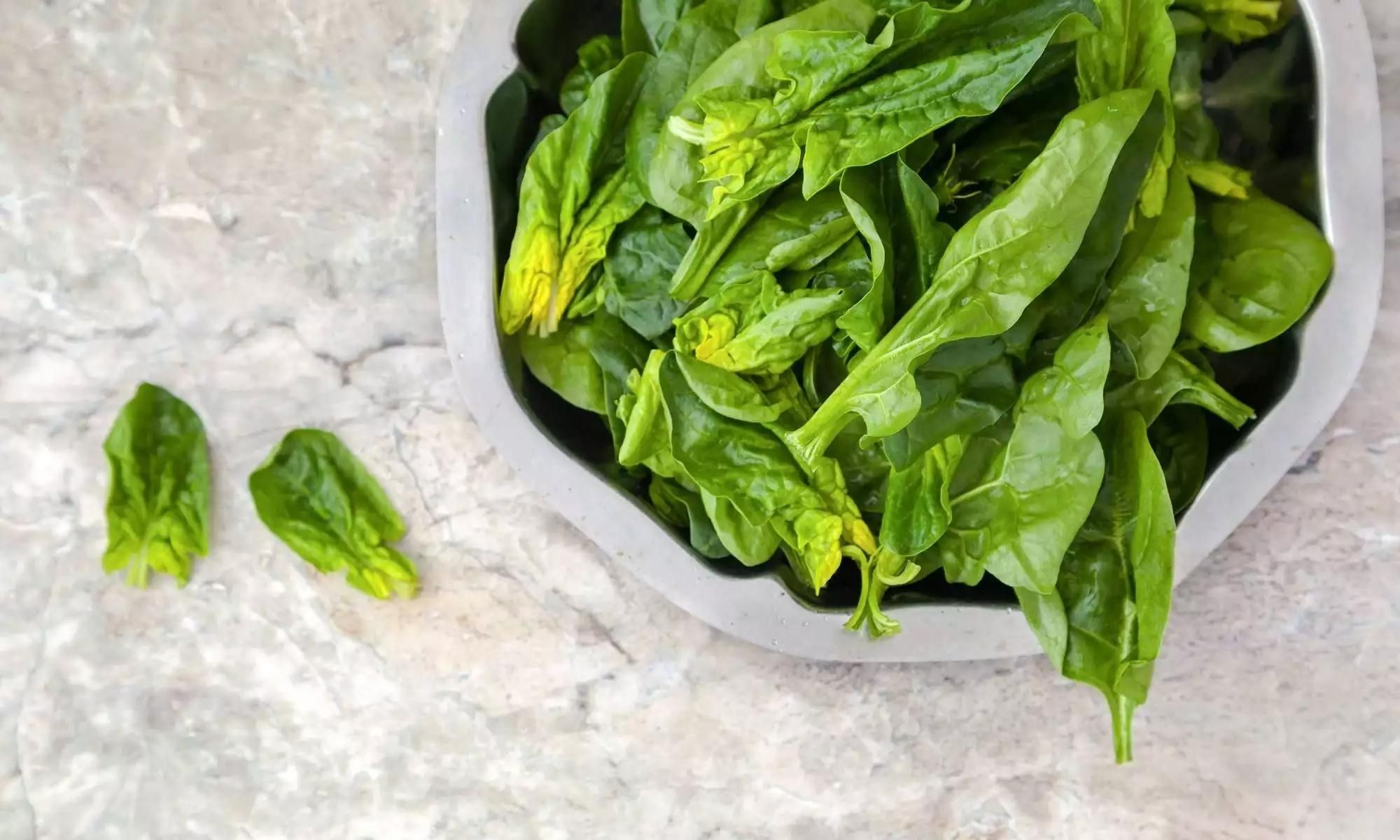
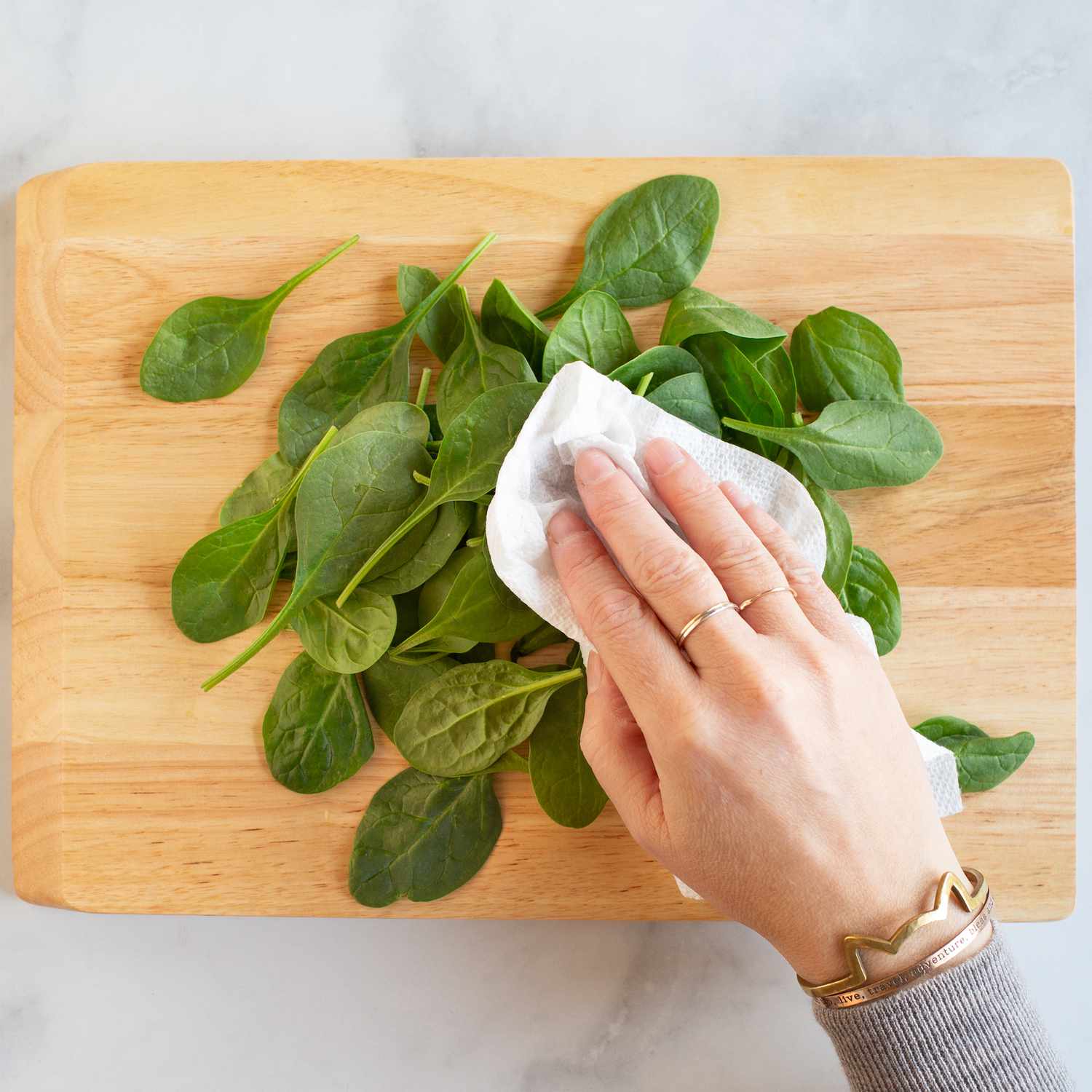
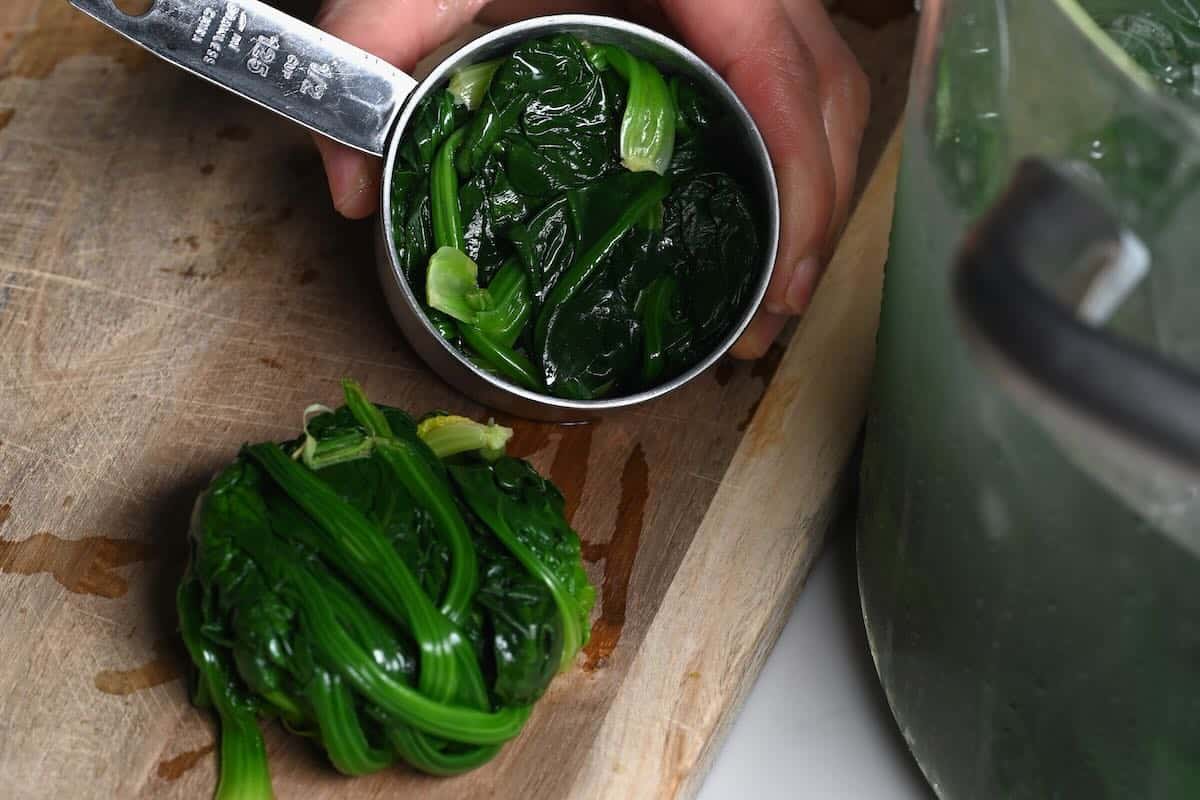
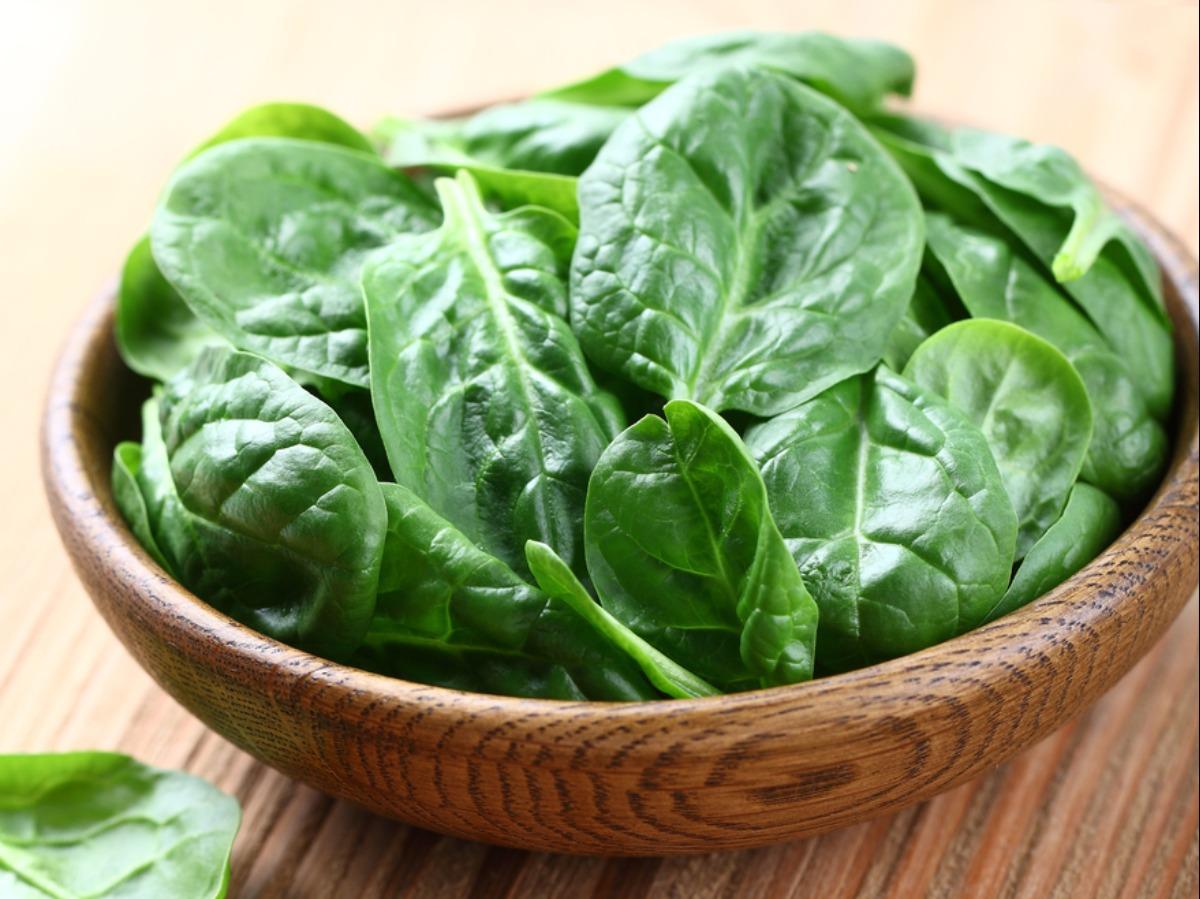
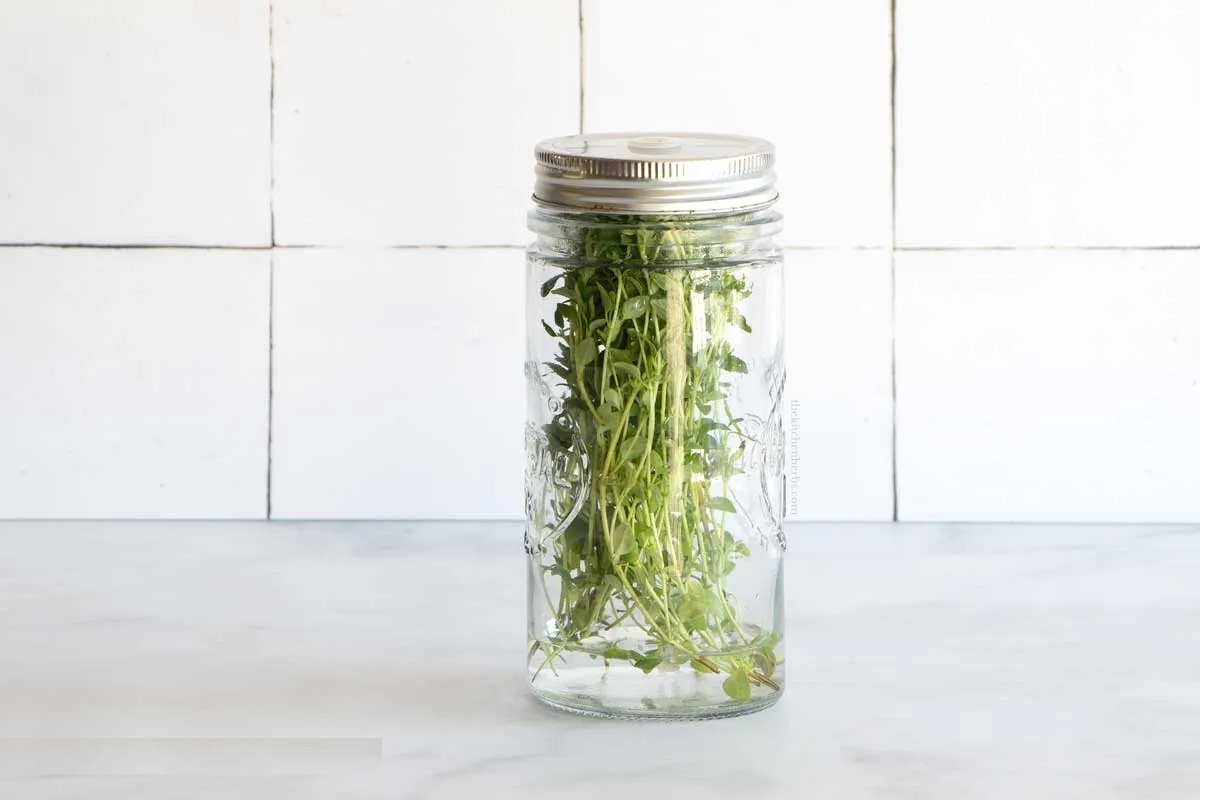
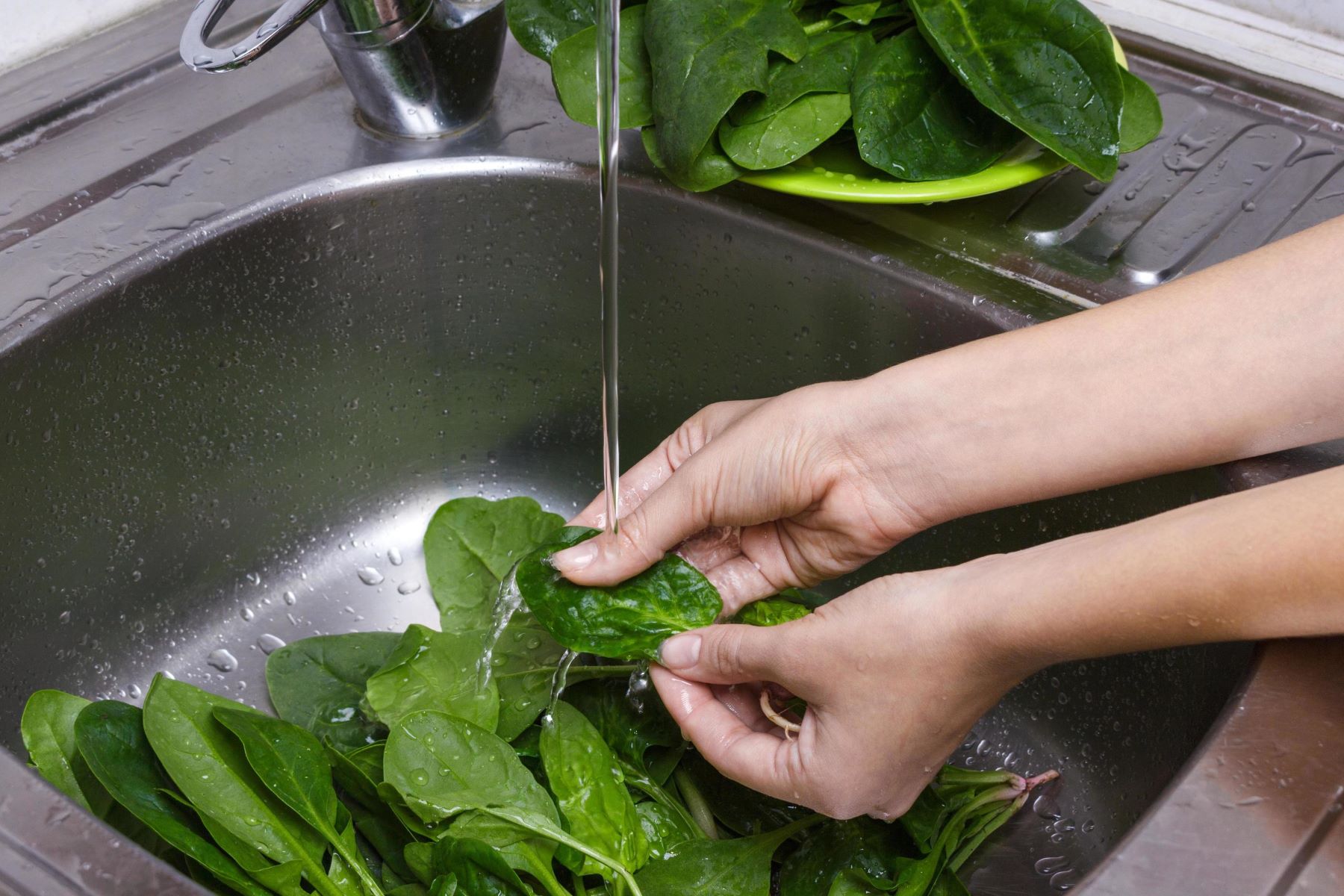
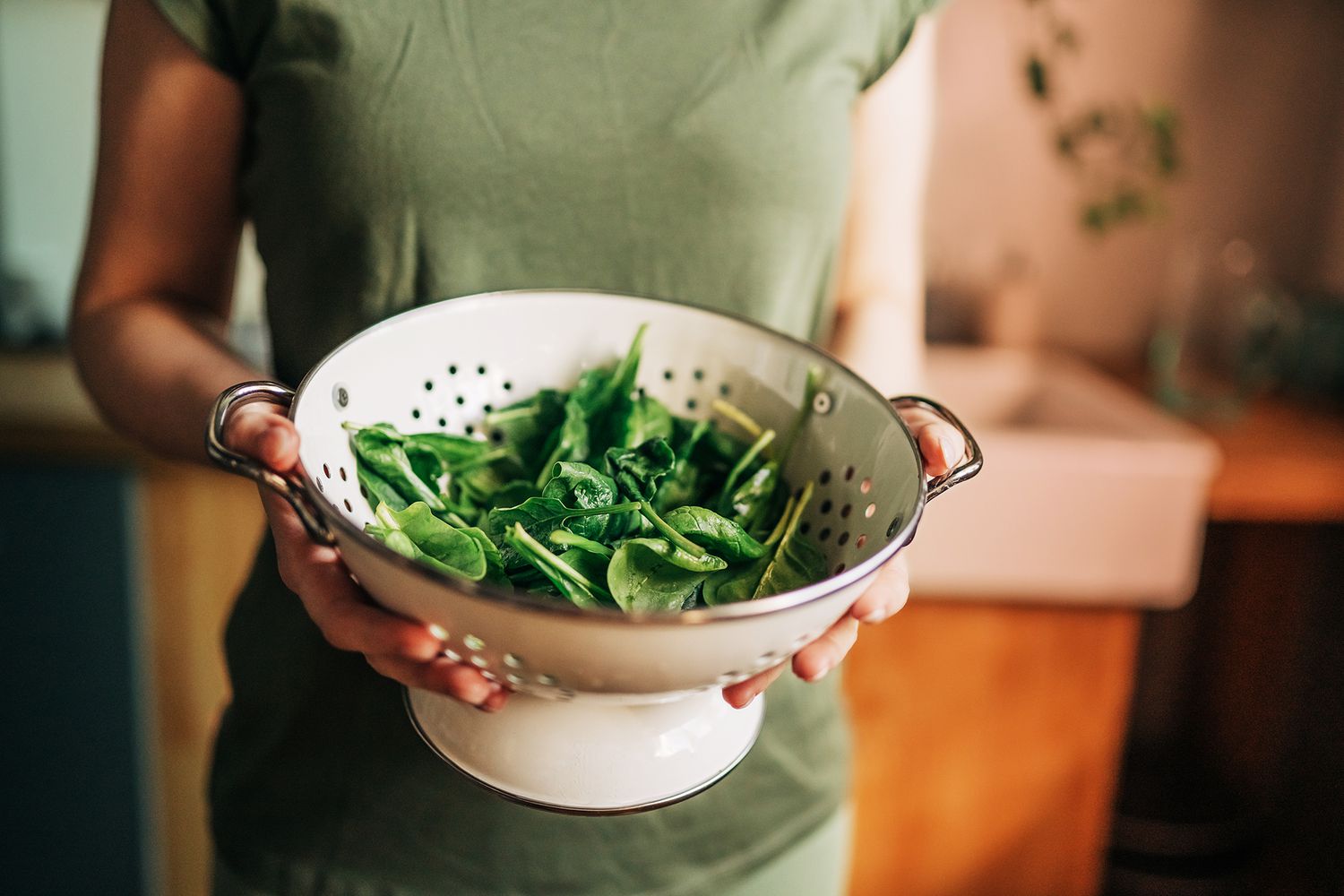
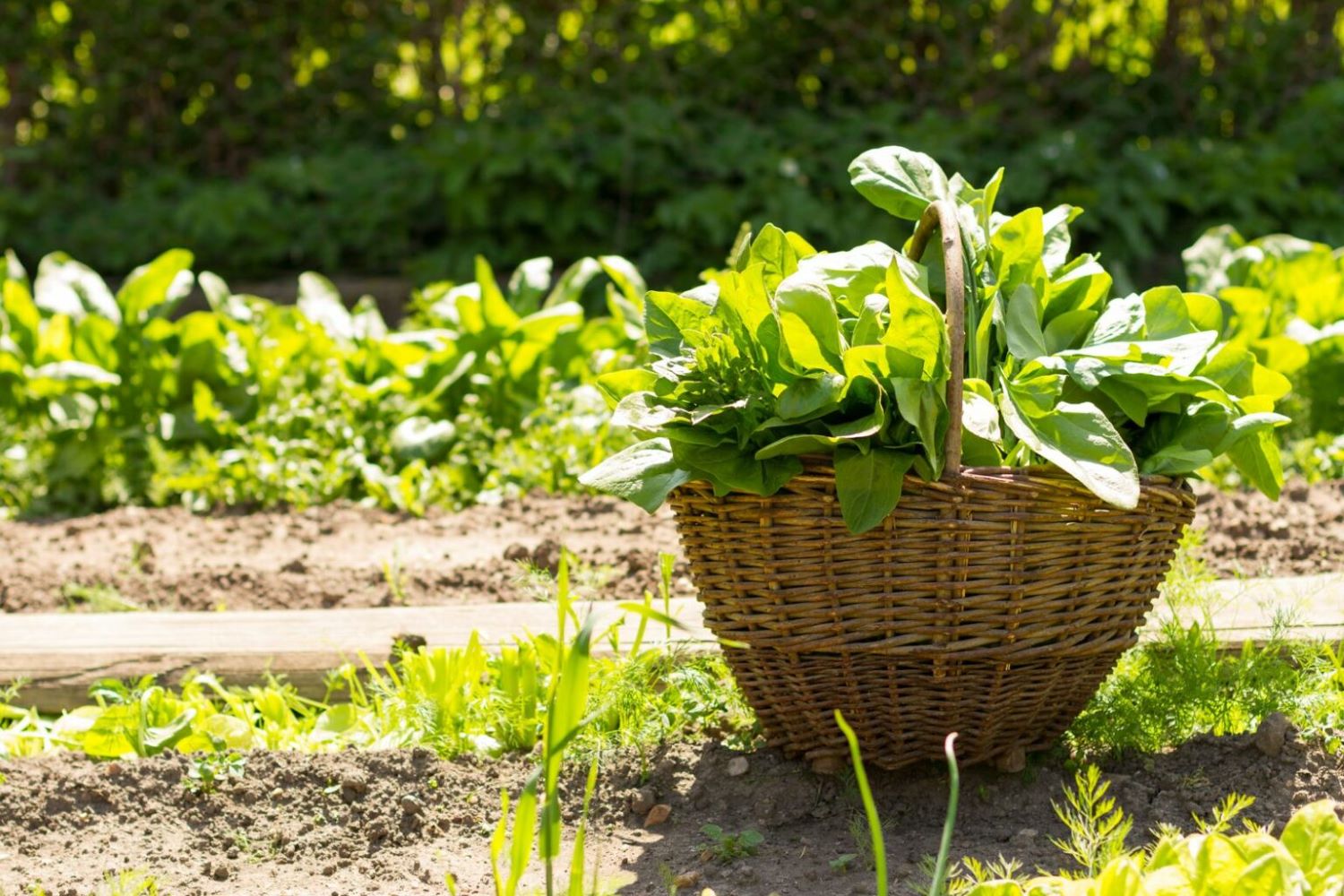

0 thoughts on “How To Store Fresh Spinach In Fridge”